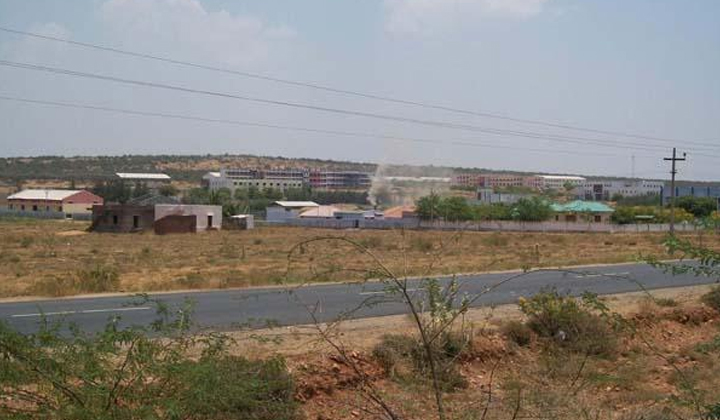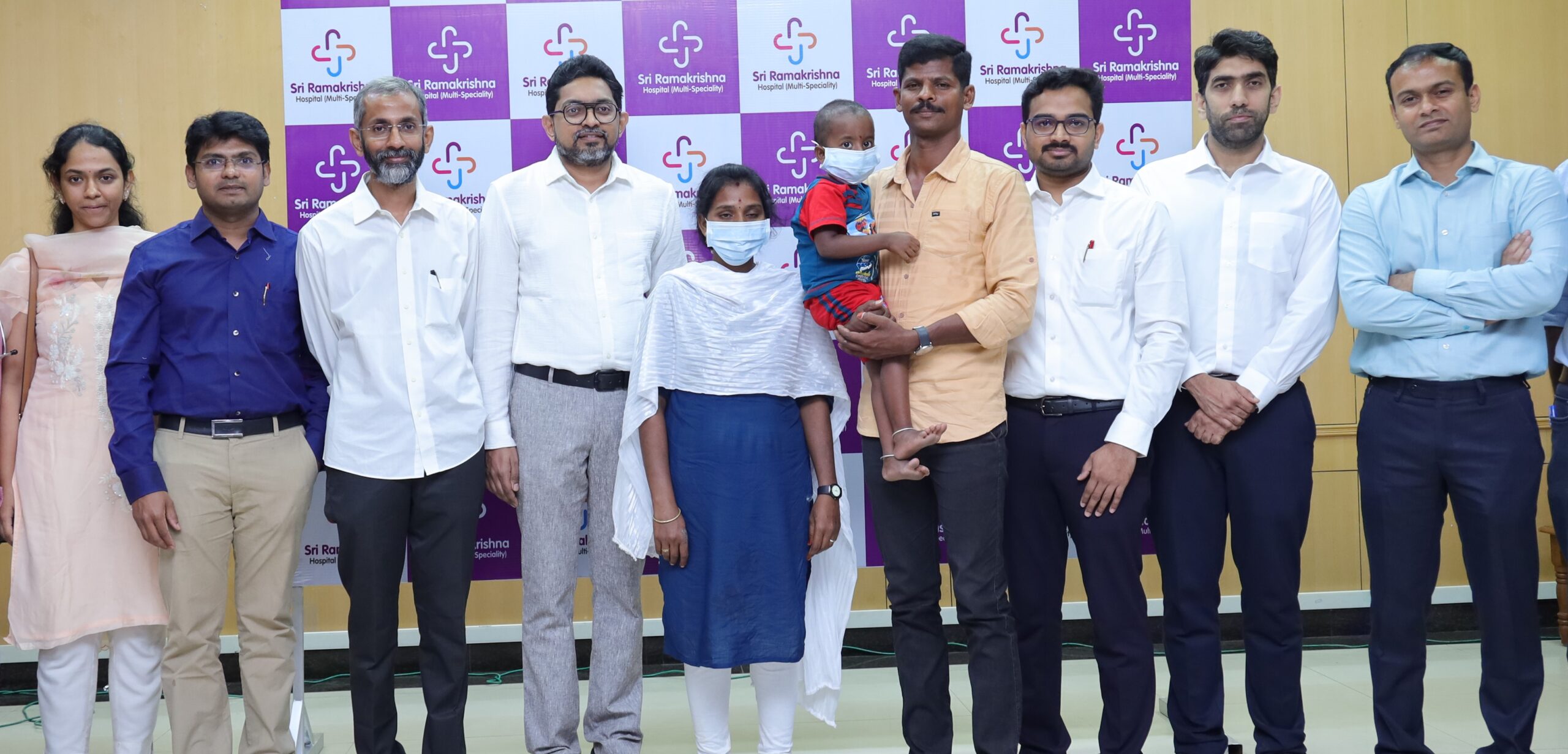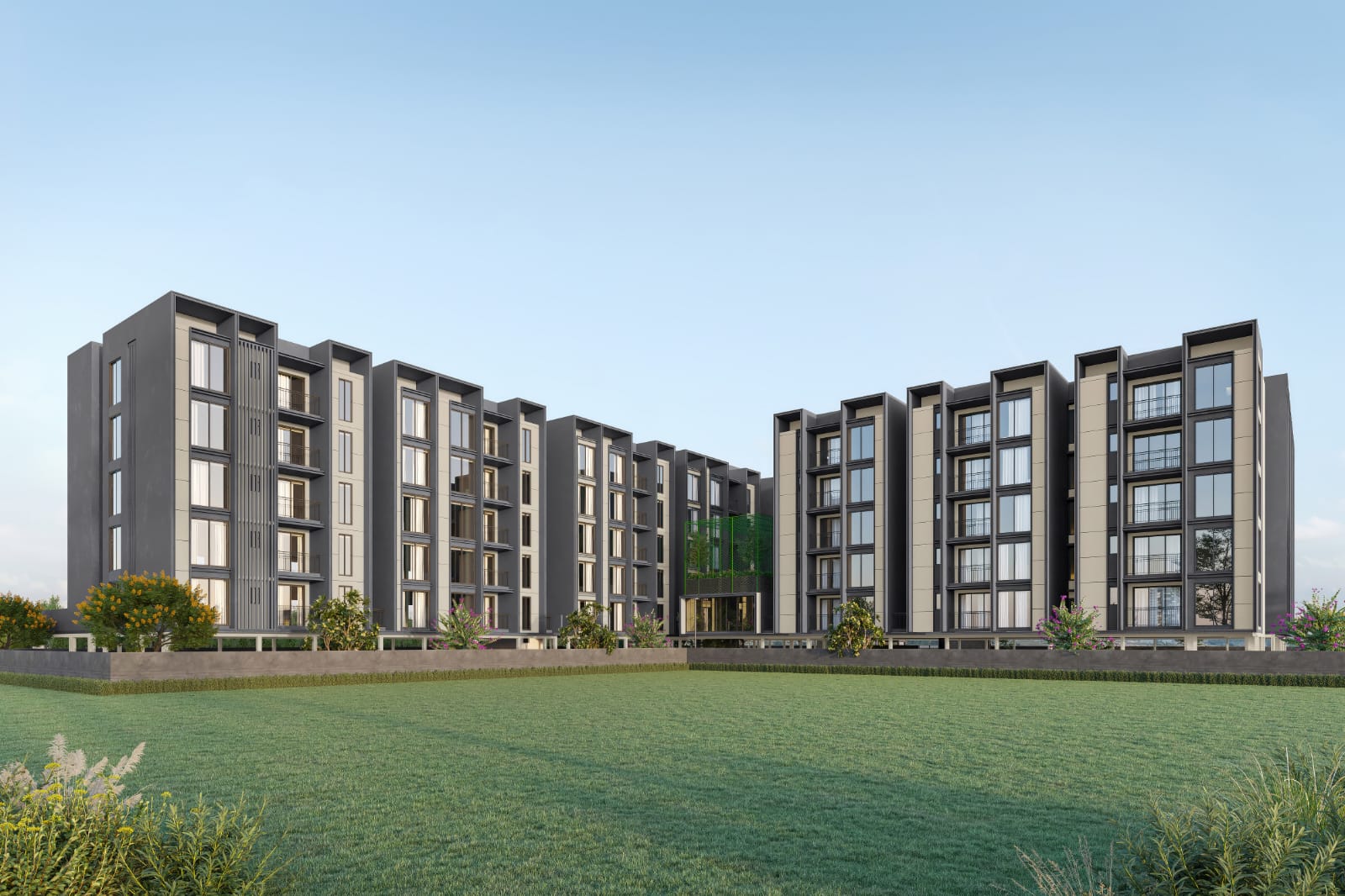Trending Now
- 830 voters names go missing in Kavundampalayam constituency
- If BJP comes to power we shall consider bringing back electoral bonds: Nirmala Sitaraman
- Monitoring at check posts between Kerala and TN intensified as bird flu gets virulent in Kerala
Coimbatore
Village-centric eco-tourism project on way
![]() June 24, 2016
June 24, 2016
A Rs 10-crore eco-agri tourism project in Vallanadu promises to usher in a regional green revolution by opening doors to traditional as well as modern farming, with recreational activities thrown in.
The 700-acre new-gen hub, to come up near Killikulam between Tuticorin and Tirunelveli, is a brainchild of Tamil Nadu Agricultural University (TNAU) in Coimbatore.
It will be operated through its constituent institution, the Agricultural College and Research Institute.
Describing his pet project, Dr K Ramasamy, vice-chancellor, TNAU, told The Covai Post: “It will be a model farm that will showcase the conventional and advanced methods of farming to the world along with a good measure of village sport.”
The project, work on which will start within a month and expected to be completed in a year and a half, will serve as a training ground for students from the Agricultural College and Research Institute, who will run the centre on a daily basis, said Dr Ramasamy.
The eco-agri tourism centre will essentially aim to bring back the glory of villages, the nerve centre of which is agriculture.
The urban component attached to it will cater to its completeness as a farming hub. For instance, lack of space in urban areas has given rise to the practice of producing food in vertically-stacked layers, where artificial lighting is used, in addition to other environmental factors playing a big part – similar to that of a greenhouse.
“The crops will be housed in glass enclosures and grown by applying the ‘Vibgyor’ (the seven colours) technology,” said Dr Ramasamy.
This segment also includes soil-less farming like hydroponics (using mineral nutrient solutions in water without soil) and protected agriculture (cultivation of high-value vegetables and other horticultural crops in greenhouse).
However, “rejuvenating the village and its livelihood is the core objective of the project, which will demonstrate the ideal way to grow pesticide-free crops and raise livestock”, said the vice-chancellor.
So how will this project contribute to farmer welfare?
The centre, says Ramasamy, will set aside two days of exclusive training for farmers in a week.
Catch them young!
“Children are the main target of the eco-tourism project. It will be built in such a way that it draws them into the surroundings with the aim to generate interest in farming, and the spirit of learning and adventure,” he said.
Visitors will have the chance to see hens, geese and cows, raised in a natural environment, and throw a fishing line into the colossal pond to be built at the heart of the hub.
They can choose from bullock carts and horse-drawn buggies to battery-operated vehicles and two-wheelers to traverse the sprawling campus.
Traditional games like cockfighting, pallankuzhi and kittipullu will be part of the eco-tourism project, designed to not just revive the rural aura, but also to reintroduce it to the present generation.
It will feature a swimming pool that according to Dr Ramasamy will be tucked away in a natural setup, with a concrete floor and a water depth of one metre.
“To gratify a multi-cultural visitor group, a food court will be set up offering traditional and modern food,” he said.
Visitors will be charged a nominal fee to experience the hub, which will also sell seedlings.
“This will be a good source of revenue for the centre,” said Dr Ramasamy.
The hostel for trainees of the centre will double up as accommodation for the visitors.
A touchscreen device will help them do a virtual tour of the campus before prioritising their choices of the sections to visit.
It’s a visualization of a village that has been pushed into oblivion due to rapid urbanization and migration of villagers to cities and towns for a better future, as they call it, leaving behind heritage, and unexplored abundance.
As the vice-chancellor puts it, “Villages today have been reduced to such a state that a villager buys milk sachets for his daily needs rather than depend on milch cows.”























